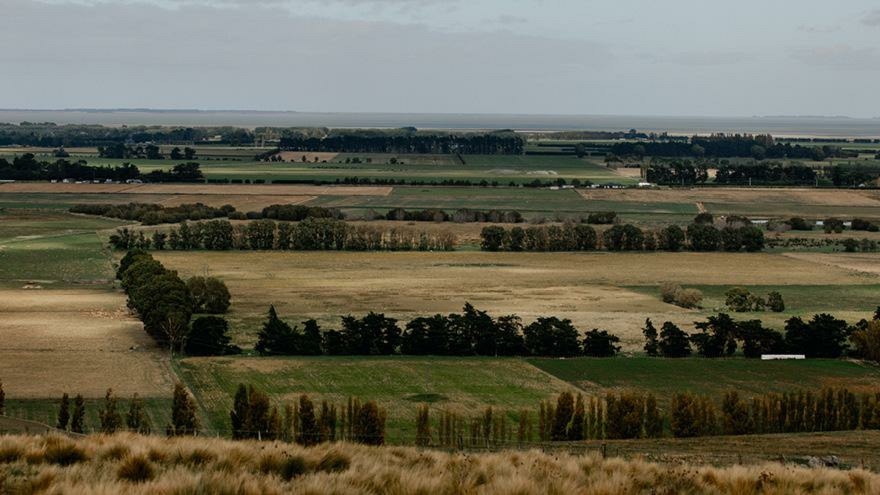
Identifying poor performing paddocks ahead of sowing crops
Planning to lift pasture production starts with identifying poorly performing paddocks, and from there, creating a checklist and timeline to remedy the issues during the cropping phase.
Compaction, pest and weed burdens are common problems that can persist through to the new pasture phase when valuable opportunities to fix the problem during the crop rotation have past.
When reviewing pasture performance there are several measures to consider including the number of grazing rounds or days. Yield is another indicator and can be calculated by, for example, kilogram (kg) of dry matter per hectare (ha) or kg of liveweight per ha. While these calculations are helpful, they should always be considered alongside a visual assessment.
Visual assessment of pastures should be conducted all the time, though they may not always be recorded. Using a tool, such as the DairyNZ Pasture Condition Scoring Tool¹, provides a standardised method for the visual assessment of dairy pastures. The ranking system used by the tool is called ‘target species density’. While the tool was developed for dairy pastures, with the principle of target species density in mind, pasture condition scoring can be adapted to sheep and beef pastures and can be completed throughout the year.
When using the tool, individual paddocks are ranked on a one-to-five basis with a rank of five indicating a dense pasture of desired species and a rank of one a severely damaged pasture. It is prudent to condition score paddocks in the lead up to spring so that opportunities to improve pasture condition are focused on the paddocks with severe damage. By doing so, the agronomic spend will be directed towards the parts of the farm which could potentially provide the greatest return.
Once pastures have been ranked, the Pasture Condition Scoring Tool suggests next steps for each ranking with the lower ranked pastures, one-to-three, benefiting from some form of action.
Next, create a plan for how each lower ranked paddock will be remedied within the next phase of its rotation. The plan will need to address issues such as soil fertility, insect pest or weed burden before either sowing new perennial pasture or putting in a crop.
A crop gives the chance to alleviate soil fertility and compaction and will help decrease weed seed banks through alternative chemistry. Failing to address these issues can result in poor outcomes, ranging from poor establishment to being overrun with hard-to-control weeds.
Remember to look underground as this is where most of the action occurs. Dig holes in various positions in a paddock to check the soil structure, root development and identify insect pest pressure.
To help identify poorly performing paddocks and to formulate a plan to remedy the paddock in your next rotation, contact your local PGG Wrightson Technical Field Representative.
WRITTEN BY THE PGG WRIGHTSON LAND PRODUCTION TEAM
1 DairyNZ. Pasture condition score tool. Retrieved on 16 June 2022 from https://www.dairynz.co.nz/feed.
